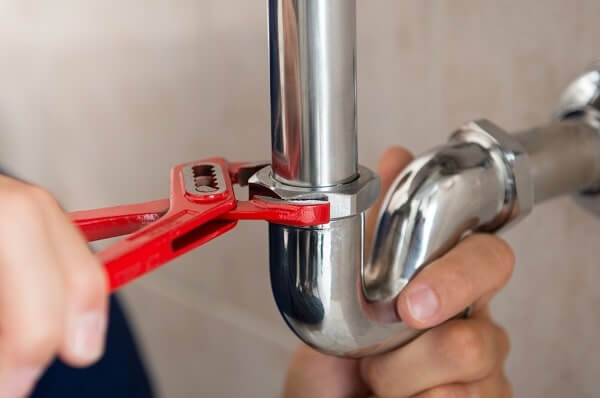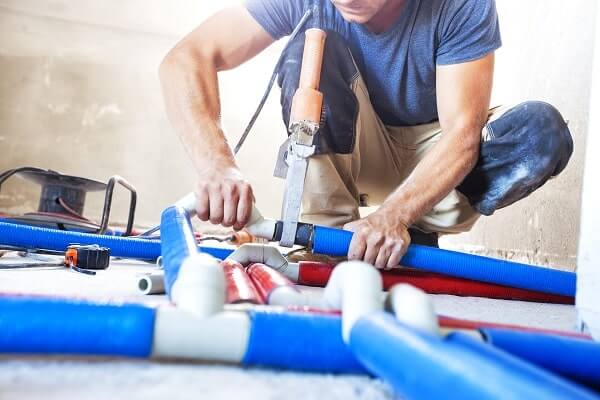
Reasons to Pursue A/C and Refrigeration Training
The air conditioning and refrigeration industry is responsible for keeping our homes, workplaces and public spaces comfortable and safe. As demand for skilled
Without wrenches, plumbers would waste time. The advent of the wrench made it easier and more efficient for plumbers to finish jobs. Before wrenches, it was common for two plumbers to work on joining and unjoining pipes. Wrenches brought simplicity and individuality to plumbing.

Pipes are an essential piece of equipment for any plumber—and have been important to the history of pipefitting since ancient times! Early pipe systems were made of clay, straw or bamboo that was baked and hardened. The history of pipefitting tools in plumbing has evolved dramatically, with some early pipe materials still in use today.
Nobody likes to see water backing up into their sink, toilet or bathtub. Fortunately, plumbers have a few tools in their arsenal to remove blockages—including some old and new favorites. Plumbing history isn’t complete without the snake.

*Apex Technical School and its instructors are licensed by the State of New York, New York State Education Department.
Disclaimer: Apex Technical School provides training for entry-level jobs. Not everything you may read about the industry is covered in our training programs.

The air conditioning and refrigeration industry is responsible for keeping our homes, workplaces and public spaces comfortable and safe. As demand for skilled

At Apex Technical School, every student embarks on a journey that is more than just acquiring a skill set—it’s about transforming their lives

In the world of refrigeration and air conditioning, few individuals embody the spirit of dedication and enthusiasm as vividly as Daniel Fernandez. With